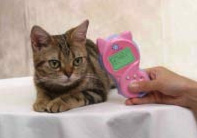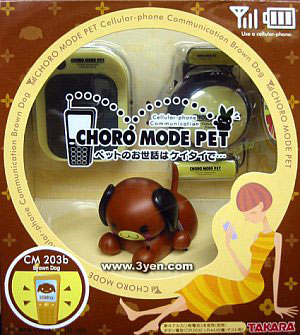Virtual Infidelity Can Impact Your “Real” Marriage
Aug 15th, 2007 by Gary
A 30 August 2007 Wall Street Journal article titled, “Is This Man Cheating on His Wife” discusses the real life challenges of a 53 year old man and his wife resulting from his actions in Second Life. There (in Second Life) he has a wife, owns a mall, strip club, a dance club, and a private beach club. His “real life” wife is concerned about the large amount of time he devotes to the game and especially about his online relationship with another woman in it.
The lengthy, feature article in Wall Street’s “Weekend Journal” section discusses how lines are blurring between real and virtual life for many people. Players devote large amounts of time and energy to their online presence, and the resulting virtual relationships. A recent study of 30,000 gamers by Nick Yee (recent Ph.D. grad from Stanford) found “nearly 40 percent of men and 53 percent of women who play online games said their virtual friends were equal to or better than their real-life friends.
The article goes on to report family law experts and marriage counselors are seeing a growing number of marriages dissolve over virtual infidelity.
The “real” wife of the man featured in the story has joined EverQuest Widows, an online support group for spouses of obsessive online games.
Our comments – wonder how long it will be till there are counselors in Second Life and similar virtual worlds to help people who spend too much time in their “real” life, neglecting their virtual presence?Â




 25kids.com prints life size pictures of you, your kids, your pets, etc for sticking on your front lawn. I saw them this morning on one of the national news shows.
25kids.com prints life size pictures of you, your kids, your pets, etc for sticking on your front lawn. I saw them this morning on one of the national news shows. Bowlingual, a small handheld device for interpreting the barks of your “real” dog was announced by a Takara
Bowlingual, a small handheld device for interpreting the barks of your “real” dog was announced by a Takara  Bowlingual has a datanalysis feature that compiles information on your dog over time to improve communication, and form a “doggie diary.”
Bowlingual has a datanalysis feature that compiles information on your dog over time to improve communication, and form a “doggie diary.” With Bowlingual being a big hit, Takara followed up with a similar product for cats. Meowlingual was announced in a 1 December 2003
With Bowlingual being a big hit, Takara followed up with a similar product for cats. Meowlingual was announced in a 1 December 2003  We are still working on our efforts to write a history of virtual pets. As part of that effort we are trying to understand how all the different types fit in with one another, with real life and with other things that may have influenced them. Bowlingual and Meowlingual play an interesting role, as they are two of the few objects to go back the other way. They use small handheld electronic devices very reminiscent of keychain virtual pets to interact with real life, vs. real life interacting with a virtual pet.
We are still working on our efforts to write a history of virtual pets. As part of that effort we are trying to understand how all the different types fit in with one another, with real life and with other things that may have influenced them. Bowlingual and Meowlingual play an interesting role, as they are two of the few objects to go back the other way. They use small handheld electronic devices very reminiscent of keychain virtual pets to interact with real life, vs. real life interacting with a virtual pet.
 Hasbro (Tiger) has relaunched the famous Giga Pets from the early days of keychain pets. The new pets are available in several animals to suit both boys and girls (scorpion and bunny shown here).
Hasbro (Tiger) has relaunched the famous Giga Pets from the early days of keychain pets. The new pets are available in several animals to suit both boys and girls (scorpion and bunny shown here). Pets include Dragon Lizard, Bunny, Pixie (sort of like Tinker Bell), Scorpion and Tomcat.
Pets include Dragon Lizard, Bunny, Pixie (sort of like Tinker Bell), Scorpion and Tomcat.
